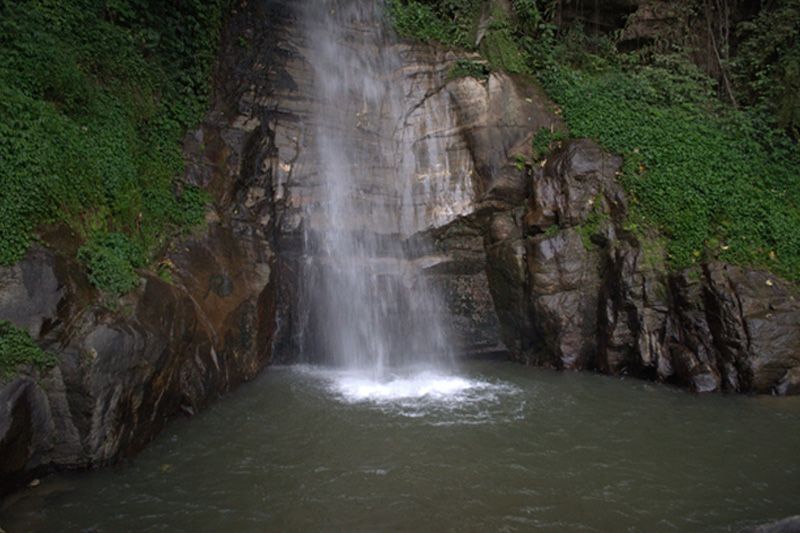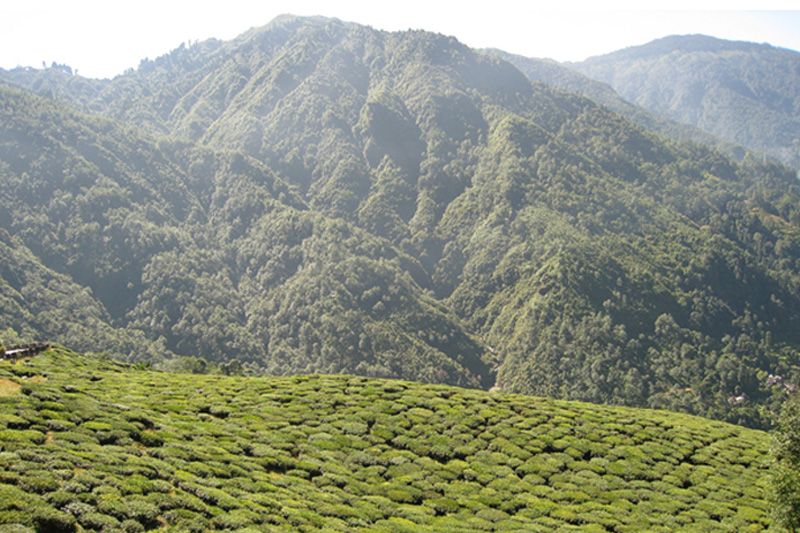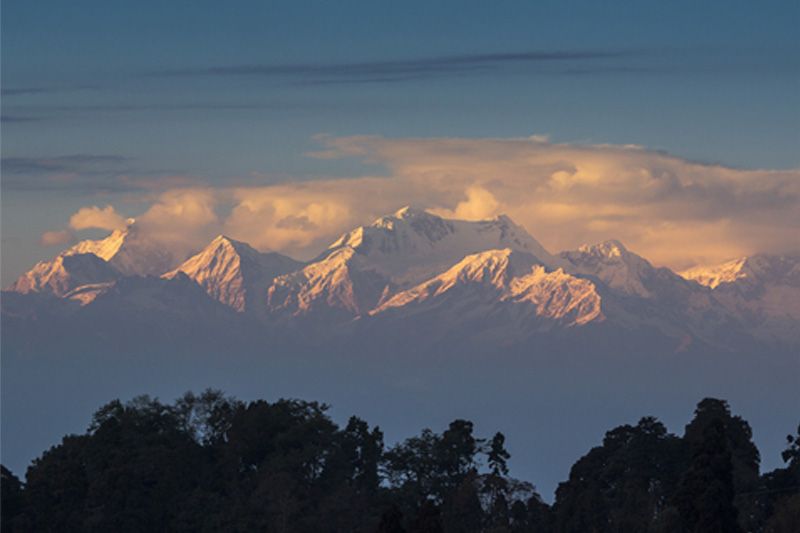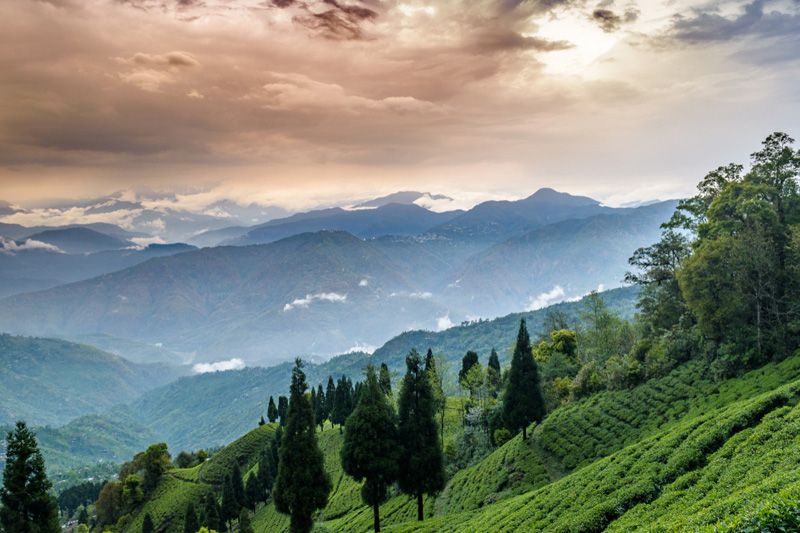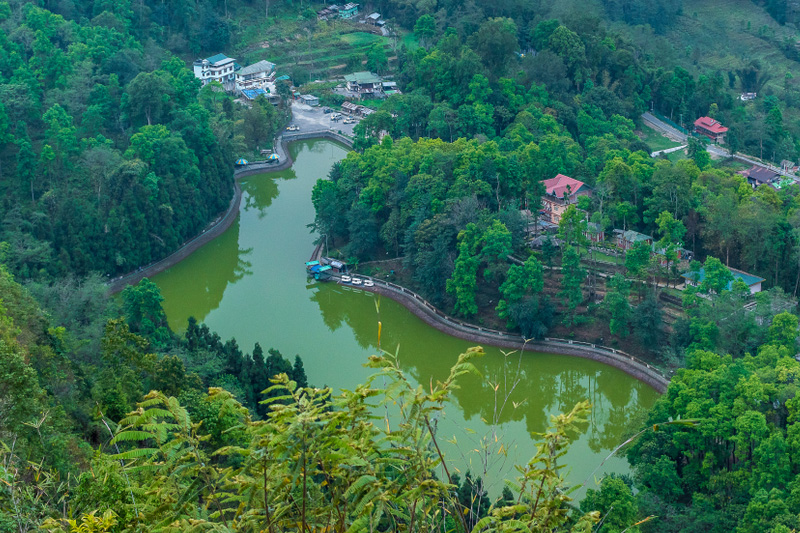Sikkim Tour
Trip Overview of Sikkim Tour
Sikkim, the small but beautiful kingdom is situated in the eastern Himalayas. Sikkim is termed as the Switzerland of the east, a heavenly paradise on earth spread below the Mount Khanchendzonga (8534 mts), the third highest mountain in the world, and revered by the Sikkimese as their protective deity. Sandwiched between the kingdom of Nepal in the West and Bhutan in the East, Tibet in the North and the state of West Bengal in the South with an area of 7,300 sq. Kms, measuring 115 Kms from north to south and 65 Kms. From east to west, the elevation ranging from 244 mts to over 8550 mts.
Yak Safari at Tsomgo Lake
Yak Safari is an unforgettable and unique experience organized in different areas of Sikkim . Popular trails are Dzongri area and Tsomgo Lake. You will get to ride the yak in Tsomgo Lake and in various trekking points like Dzongri in West Sikkim.
Detail itinerary of Sikkim Tour
-
DAY 1
Kathmandu
Arrival in international airport received by our representative sightseeing to PASHUPATINATH - Situated 5 Kms. East of Kathmandu City, Pashupatinath temple is one of the holiest temples dedicated to Lord Shiva. Situated amidst a lush green natural setting on the bank of the sacred Bagmati River, the temple built in pagoda style has gilted roof and richly carved silver doors. Visitors will be permitted to view the temple from the east bank of Bagmati River, entrance in the temple being strictly forbidden to all non Hindus. Pashupatinath is the centre of annual pilgrimage on the day of shivaratri which falls in the month of February/March. Behind the temple are the cremation grounds and visit BOUDHNATH - This Stupa, 8 Kms. East of Kathmandu City is one of the biggest in the world of its kind. It stands with four pairs of eyes in the four cardinal direction keeping watch for righteous behavior and human prosperity. This Buddhist Stupa was built by King Man Deva at the advice of the Goddess Mani Jogini. It is built on an octagonal base inset with prayer wheels. The shrine is ringed by houses of Lamas or Buddhist priest, dinner and overnight stay in hotel, Kathmandu.
-
DAY 2
Kathmandu � Bhadrapur � Gangtok
After breakfast , drive to airport and fly to Bhadrapur about 45 minutes, up on arrival meet assistance a the airport and take a scenic drive to Kakarbitta Pani tanki (Indo Nepal border ) after the immigration formalities drive to Gangtok capital of sikkim about 5 hours. In the evening walk around the local market. Overnight at hotel
-
DAY 3
Gangtok
After breakfast, depart for sightseeing of ENCHEY MONASTERY this monastery is situated in Gangtok on a hill top. It was built during the reign of Thutob Namgyal. This 200 year old monastery has in its premises images of Gods, Goddesses and other religious objects. Every year around January "Chaam" or religious masked dance is performed.Lama Drupthob Karpa is supposed to have built a small hermitage at the spot he reached after he flew from Maenam Hill in South Sikkim. Later during the reign of Sikyong Tulku (1909-1910), the present monastery was built in the shape of a Chinese Pagoda. Following the Nyingma order, it has around 90 monks. The annual Puja is celebrated with dances on the 18th & 19th days of the twelfth month of the lunar calendar. Namgyal Institute of Tibetology and Museum Since its establishment in 1958, the Namgyal Institute of Tibetology has sponsored and promoted research on the religion, history, language, art and culture of the people of the Tibetan cultural area which includes Sikkim. The NIT's library holds one of the largest collections of Tibetan works in the world outside Tibet and a museum of Tibetan iconography and religious art. It has published the Bulletin of Tibetology since 1964 and numerous books over the years. The museum, located on the ground floor of the institute, contains a rare collection of statues, ritual objects, traditional art objects, thangkas (painted, woven and embroidered scrolls) and ancient manuscripts in Sanskrit, Tibetan, Chinese and Lepcha. The exhibition is dominated by a majestic silver image of Manjushri - the Bodisattva of knowledge - that was brought from Tibet. Among the manuscripts are: the Prajna Paramita and Astasahastra written in Tibetan golden script; an 11th century palm leaf manuscript of the Saratama Prajnaparamita by Ratnakara Shanti; and a 12th century Chinese manuscript of the Prajana Paramita Sutra that was brought from South Korea. A casket containing the relics of two great Asokan missionaries, Madhyama and Kasyapagotra is one of the precious assets of the museum. Five sandalwood images representing Padmasambhava, the three founding lamas of Sikkim and the first King Phuntsok Namgyal constitute an example of Sikkimese art. New objects of traditional. RUMTEK MONASTERY 24 Kms. from Gangtok, a drive through beautiful countryside takes one to Rumtek Dharma Chakra centre built in 1960'S by his holiness the late 16th GYALWA KARMAPA when he took refuge in Sikkim after the Chinese attack. It houses some of the world's most unique art objects, ancient manuscripts and icons. Traditional in design, it is almost a replica of the original Kagyu headquarters in Tibet. Rumtek monastery, a must for every visitor, where one can find some of the worlds most unique art objects, this place is the seat of the Kagyu order -- a close replica of the original Kagyu in Tibet. About 2 Kms. away from Dharma Chakra Center is the rebuilt 300 year old Rumtek monastery which was originally built by the fourth Chogyal. His Holiness late Gyalwa Karmapa lived in this monastery till the completion of the Rumtek Dharma Chakra Center. The annual dances are held here on the 28th & 29th day of the Tenth month of the lunar calendar. After visit to Rumtek Monastery drive back to Gangtok. In the evening shopping and Traditional Sikkimese dinner. Overnight at hotel.
-
DAY 4
Gangtok Chhangu Gangtok
Chhangu Lake, Sikkim: At 12,800 ft, this famous tourist spot is usually a rather peaceful place. The Tsomgo Lake in Sikkim is a holy lake worshipped by the sikkimese. Tsomgo (Changu) lake, which is hardly 20 km away from the famous Nathula Pass and about 400 km from Lhasa. Its cool, a placid water harmony with the picturesque beauty around, which is increased by its reflection in the lake. A small temple of Lord Shiva is built on the lakeside. Primula flowers and other alpine plantation grow around the Tsomgo lake Sikkim, which has an average depth of 50 ft, provides a pristine beauty to this place. A footpath along the Tsomgo Lake takes one to a resting shed - a walk of about half a kilometer. During the winter months the Tsomgo Lake becomes frozen. The Tsomgo Lake in Sikkim derives its water from the melting snow on the mountains around, the river Lungtze Chu originates from the Tsomgo lake Sikkim and meets the Rangpo-chu further down its course. During the olden times, lamas used to study the color of the water of the lake and forecast about the future. If the waters of the Tsomgo lake had a dark tinge, it foreshadowed a year of trouble and unrest in the state. Tsomgo Lake in Sikkim has a few rainbow trout and if you are lucky you may catch a glimpse at them. Tsomgo lake Sikkim falls in the restricted area and hence an Inner Line Permit, which can be obtained from the Police through the Tourism Department or travel agent is required by visitors to visit this place. Foreign nationals are also permitted to visit this lake. Explore surrounding of beautiful lake by ride on Yak, experience yak safari for few hours. After Lunch drive back to Gangtok. In the afternoon, visit chorten monastery. In the evening walk around local market. Overnight at hotel.
-
DAY 5
GANGTOK- BHADRAPUR � KATHMANDU
After breakfast , drive to Kakarvitta Nepal Border and after Immigration formalities again drive to Bhadrapur Domestic airport . Take a Scenic flight back to Kathmandu. Upon arrival, meet assistance at the airport and transfer to the hotel. Later on Sightseeing of Bhaktapur & Patan. Bhaktapur means "the city of devotees" in the Sanskrit language. It is also known as Bhadgaun. The palace complex in the middle of the city portrays the prosperity of the Malla years and the details at which the crafts- people then worked. The palace of fifty-five windows stands in the square and it was home to many kings of Bhaktapur. It is perhaps the most popular of the three Newar towns of the Kathmandu Valley. The ancient city of Patan is situated on the southern bank of the river Bagmati and is about 5 km. southwest of Kathmandu. The city is full of Buddhist monuments & Hindu temples. It is also known as the city of artists. Lalitpur, "the city of beauty", is another name for Patan. In the evening Dinner at Typical Nepalese restaurant with Nepali cultural shows. Overnight at hotel. and overnight at hotel in Kathmandu.
-
DAY 6
Kathmandu Departure
Make most of the day before transfer to airport for departure flight to onward destinations.Hoeme sweet home
Cost includes and excludes
Check the cost inclusion and exclucion of Sikkim Tour

